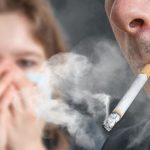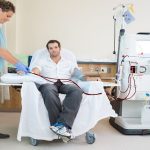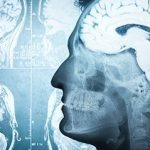
A rare brain disease that causes loss of language skills doesn’t lead to memory loss, a new study finds. The condition is called primary progressive aphasia and about 40% of people who have it have underlying Alzheimer’s disease, according to researchers. Their study was published online Jan. 13 in the journal Neurology. “While we knew that the memories of people with primary progressive aphasia were not affected at first, we did not know if they maintained their memory functioning over years,” said study author Dr. M. Marsel Mesulam, director of the Center for Cognitive Neurology and Alzheimer’s Disease at Northwestern University Feinberg School of Medicine in Chicago. “This has been difficult to determine because most memory tests rely on verbal skills that these people have lost or are losing,” he said in a journal news release. For the study, Mesulam’s team assessed 17 people with primary progressive aphasia associated with Alzheimer’s disease and 14 people with typical Alzheimer’s disease and memory loss. To test memory skills, participants with primary progressive aphasia were shown pictures of common objects. Ten minutes later, they were shown the same pictures along with others and asked to choose which they had seen before. This test was given initially and then again an average of 2.4 years later. Meanwhile, participants with Alzheimer’s listened to a list of common words and were… read on > read on >


















